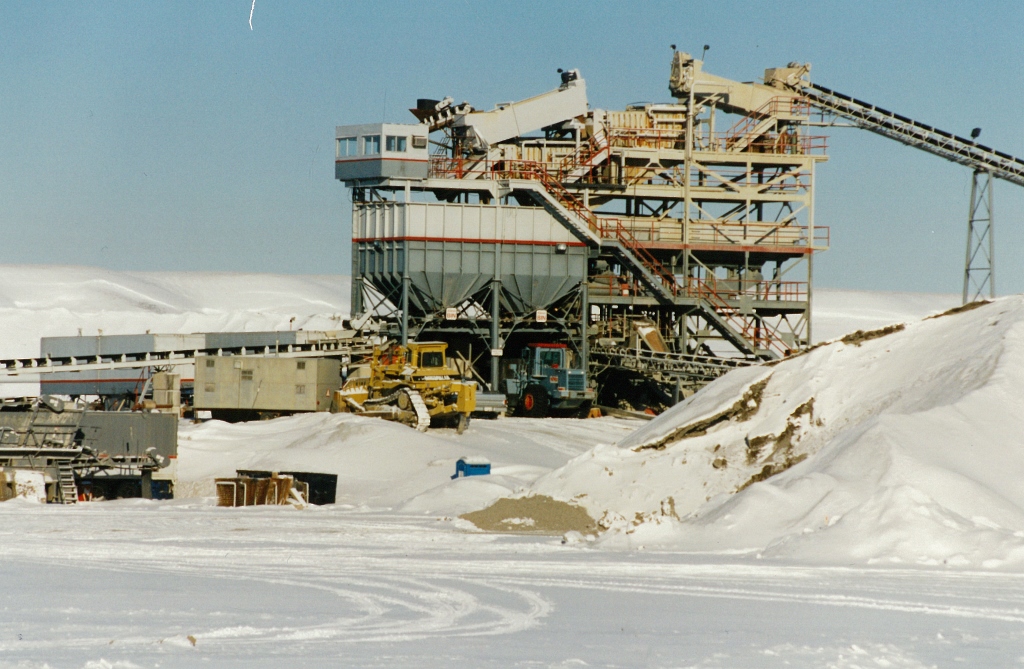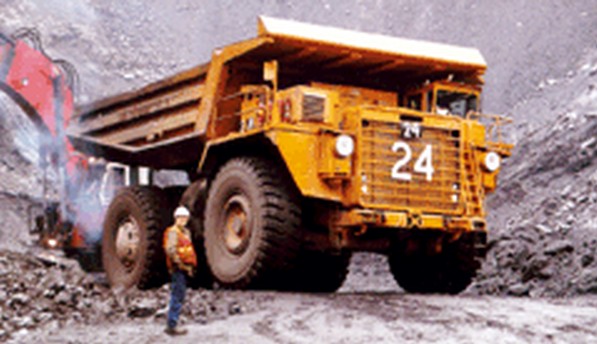Markets
- - Pipelines
- - Mines
- - Infrastructure
"Without your skills in engineering the diversions and containment dykes, dealing with the regulatory agencies on such matters and directing the actual work processes on these activities, we would have floundered."
-Shell Canada Limited
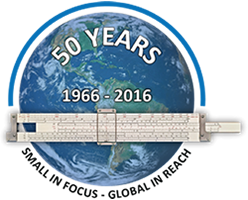
Mines
Mining Resume
Open pit mines, whether for coal, metals, oils sands or gravel resources, frequently require river diversions, dewatering and sediment management.
Overall project approval and individual permits can hinge on a sound understanding of hydrotechnical principles based on long-terms hands-on experience in the design, construction and operation of mines.
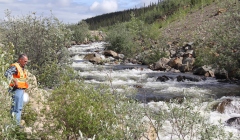
River and creek diversions – designing and constructing a 4.5 km long creek diversion for a major mine in the Yukon necessitated unique yet practical solutions to solve seepage, thawing and fish passage challenges. Generating a 1:500 year design flow from one year of local flow data required a “what if” approach. Now after 35 years of excellent performance of the diversion, Wim is advising an international team of experts on a “walk-away plan” for the mine.
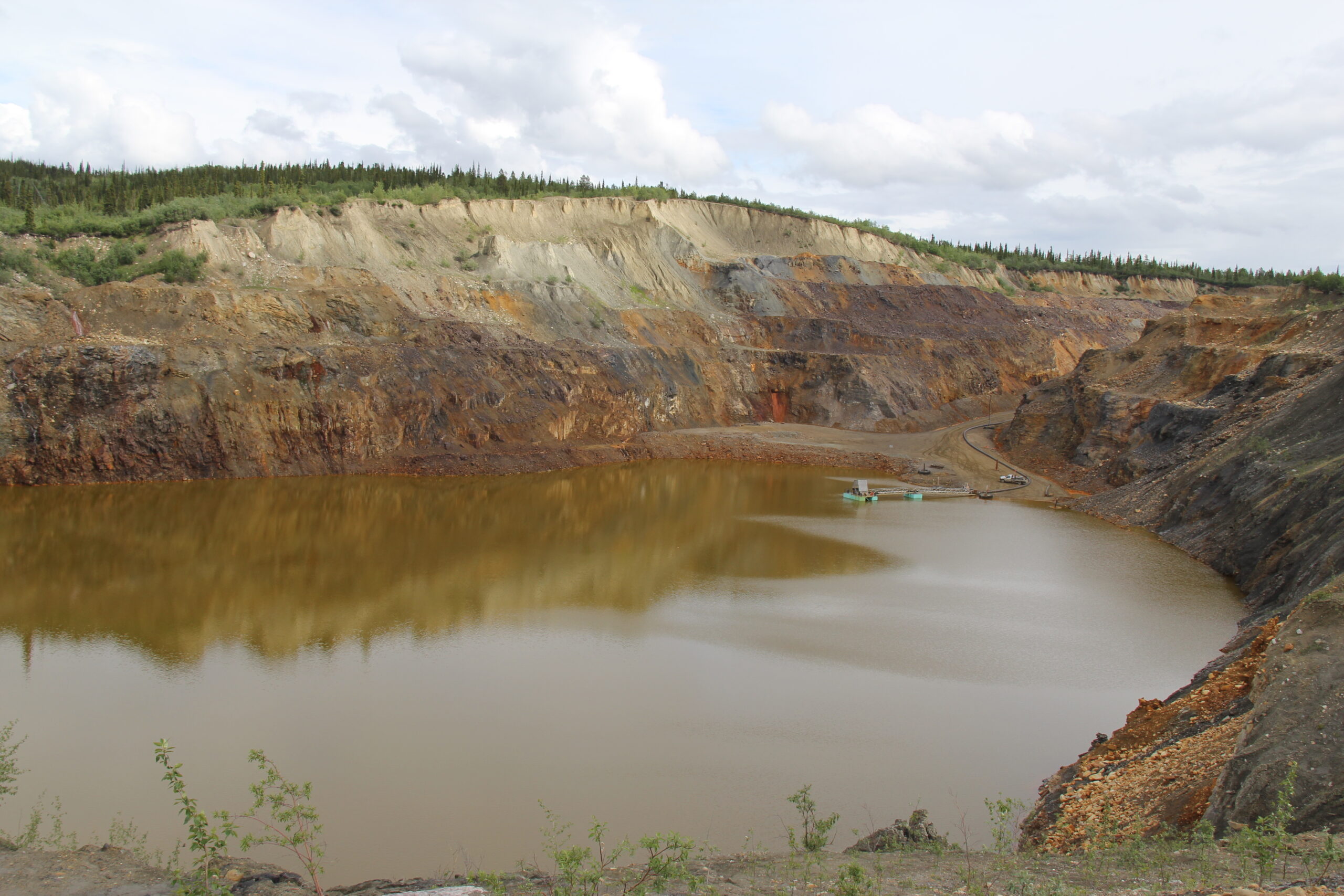
Dewatering – providing hyrotechnical input to the dewatering challenges for oilsands mines where equipment operations necessitate solid ground conditions or for gravel mines in floodplains. For one floodplain gravel mine, Wim’s involvement has ranged for a planning of the mine boundaries to developing dewatering plans to presently providing senior advice on reclamation and long term water licenses.
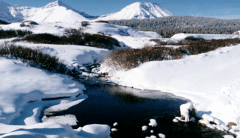
Sediment management – understanding the environmental impact of mines requires a life cycle experience with mines and an inquisitive nature – for an EIA of a mountain mine in Alberta, Wim rather than taking one more suspended sediment sample, spent a day hiking up the watershed to discover the reason for extreme suspended sediment variations in natural river systems.



